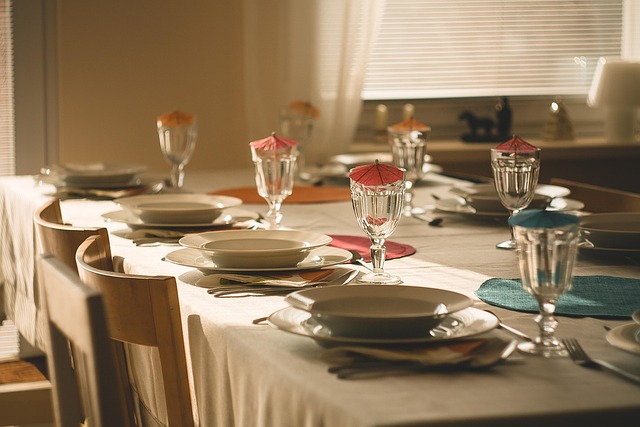In the world of photography, mastering exposure is akin to learning a new language. It’s an intricate dance between light and shadow, where every movement dictates the mood of your captured images. One of the most powerful tools at your disposal is the ability to save settings on your camera. This not only streamlines your workflow but also helps you produce consistent, stunning photographs with ease.
Imagine standing on the cusp of a breathtaking sunset, with vibrant colors painting the sky. The challenge is to capture that moment perfectly before it fades away. Here, exposure settings come into play. By adjusting your aperture, shutter speed, and ISO, you can control how much light hits your camera’s sensor. However, remembering the ideal combination for every scenario can be daunting. That’s where saving your settings becomes invaluable.
Many modern cameras allow you to save custom settings. Whether it’s a bright daylight scene or a dimly lit room, you can adjust your camera’s parameters to fit the situation perfectly. For example, if you find a specific shutter speed and aperture that work beautifully for landscapes, save those settings. Next time you’re out in the field, you can quickly retrieve them and focus on composition rather than fiddling with the dials.
This feature can be a game-changer, especially for photographers who frequently shoot in diverse conditions. Imagine capturing high-speed action shots at a sporting event. You can save your fast shutter speed settings, ensuring you’re always ready for the perfect moment, whether it’s the intense look on a player’s face or the ball soaring through the air.
Moreover, understanding your optics can help you decide which settings to save. Each lens has its unique characteristics, impacting the depth of field and light acceptance. For instance, using a wide-angle lens might inspire you to save a configuration for landscapes, while a telephoto lens would lead you to save a specific setting for wildlife photography. Knowing how to manipulate these aspects further elevates your craft.
The emotional aspect of photography cannot be understated. When you’re able to save your settings, you free your mind to focus on the story you want to tell through your images. Each photograph becomes a moment frozen in time, an emotional connection that you wish to share with others. The exhilarating feeling of capturing the “just right” exposure means that every click of the shutter is confidence rather than guesswork.
Finally, an often-overlooked benefit of saving settings is the agility it offers in spontaneous shooting situations. When you’re out and about—whether it’s a bustling street fair or a quiet morning in nature—you never know when the perfect shot will present itself. By having your go-to settings already stored, you can swiftly adjust and seize the moment, ensuring your photographic journey is as fulfilling as it is a creative expression.
So take the time to explore your camera’s functions and discover how to best save settings tailored to your style and needs. Your future self will thank you as you embark on capturing breathtaking images with newfound confidence and ease.



